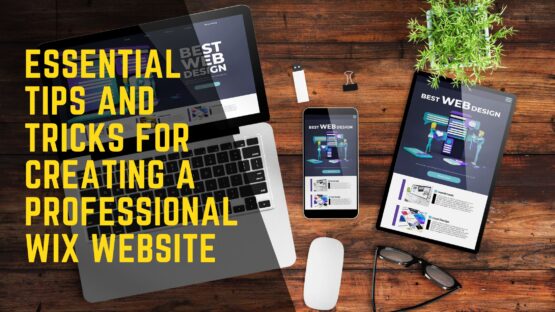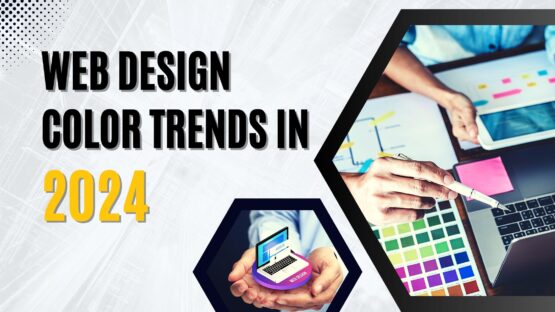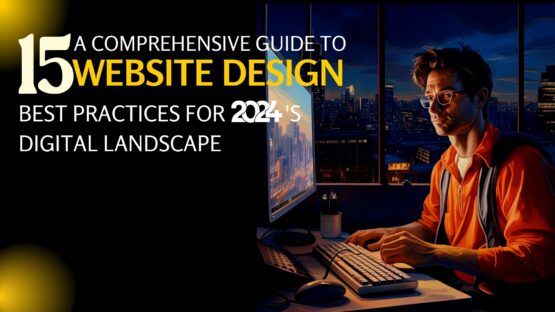When designing a customer-friendly website, the designers always try to reflect their best creativity and come up with something new. It is always tempting for the designers to think out of the box. Platforms like Joomla, WordPress, and recently Squarespace enable even an amateur programmer to create beautiful and functional websites. Because of the ease of accessibility, visual artists have the liberty to experiment with website artistry without any requirement for coding proficiency.
This may be fantastic news to them interested to design a website applying their artistic sense. However, your creativity may come up with a few significant drawbacks, which you can hardly imagine. In an effort to enhance the aesthetic value of your website, you can actually kill its conversions.
The web audience in general share some common traits. They are inattentive, do not like to do things quite easily, easily get distracted, and often not remember to come back. The internet is full of options and information and you might get the visitors for a fraction of second before they switched to some other web page or close your window altogether. However, if your website is not impressive, informative and useful the purpose to gain readers, sell products, influence readers, or add subscribers will remain unfulfilled.
The main goal of a website is to convert maximum numbers of visitors. You will certainly not be interested in a visually appealing website that is not effective. Therefore, try to create a website which is beautiful at the same time highly convertible. For that, it is crucial to avoid certain mistakes that web-designers often commit:
Offer a guided tour of your website
If you closely study the behavior of the customers of a typical departmental store, you will notice that they do not like to be sold. They like to buy the products themselves. Trying to replicate the same strategy for the online store probably won’t work. Though, you may come across similar approach in the websites of many large online retailers like Amazon, where there are many options for the customers under a single category, the method may not be for you.
There are very few businesses offering a bundle of products. Most of them has a primary service or product. If the supplements exist, these are only counted few. With such limited options, it is not possible to create a great browsing experience. Instead, try to guide the users through the highly intentional sales funnel as soon as they hit your website. As you want the customers to leave your site after placing the order, you cannot leave them to roam around your e-store and do all the shopping themselves.
Steps to take
- Begin with the design of a perfect landing page, and then proceed where the design takes you
- Track how users interact with your website and try to optimize it
- Ask a few people who have never been to your site to visit it, and closely follow how they navigate
Keep the choices limited
When it is about conversions, the cliché term “less is more” ultimately wins. If there are less distractions, less choices, and less links- it will result in higher conversion rate and more leads. But, how to determine what the term “less” exactly signifies? In case of landing page optimization, “less” means one. A landing page should include a single conversion goal. While designing the other pages as well, keep one simple thing in mind- sales will be more when there are lesser numbers of alternatives.
Professor Sheena Iyengar’s famous jam study suggest that people often feel lost when there are several choices and that lead to action paralysis.
Steps to take
- Before implementing a feature to the website, evaluate whether the feature contributes to the conversion
- Test each of the features already present in your website. Is there any effect on the conversion rates with the addition or removal of the features? Make necessary changes as per your findings.
Too heavy website won’t work
It is true that an image speaks a thousand words and at the same time it increases the appeal manifolds. At the same time images are heavy. Therefore, though images are effective to grab the attention of the visitors, useless pictures will only increase the loading time of the website. When using images make sure you have enough reasons to do so.
A standard web page is 320KB of which 206 KB can be attributed to images. Consumers will simply abandon the website that will take more than 3 seconds to load. 79% users dissatisfied with the overall performance of a website will hardly consider it for the second time when they try to purchase a product.
Steps to take
- Optimize the images of your website
- Do not include any unnecessary visuals just to make the page look beautiful
Copywriting, the backbone of a website
Eye-pleasing design element is an inevitable part of website and the developers often take full advantage of it. However, while emphasizing the design, the copy often get lost in the process. If copywriting is an afterthought in the designing process, the conversions will also suffer a hit back. Design should make your copies prominent instead of hiding them. However, if the copy itself is not that effective designing a website highlighting the copy will not help. Every insignificant element in your website are essential for the conversion funnel. Therefore, you need to be attentive about all of them.
Steps to take
- Review your website by an outsider who is unknown about it
- Test the Call-to-Action and headline sizes
The ultimate purpose of a website is to convert maximum numbers of visitors. This should be the focus when you are designing the website as well. Ultimately, you want your website to be a selling machine and not a piece of art.



